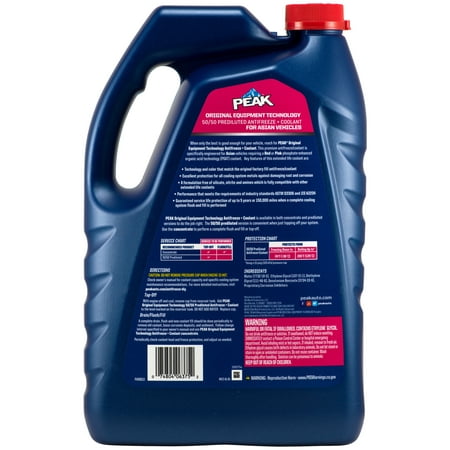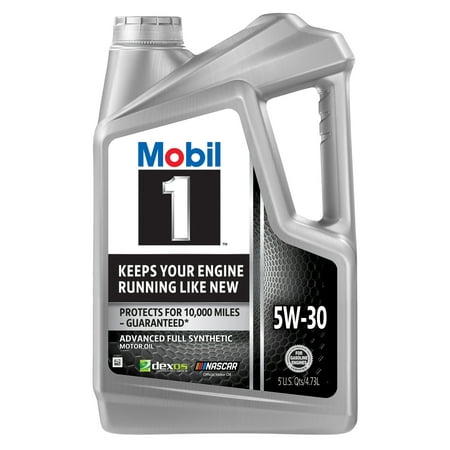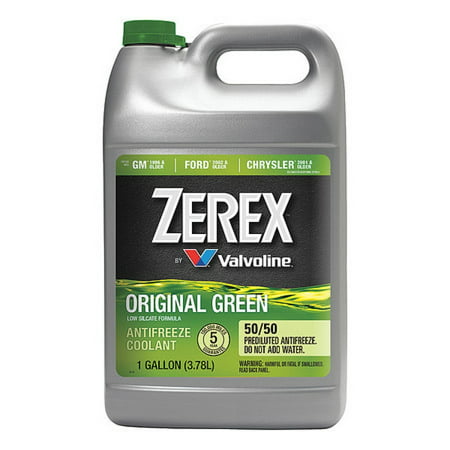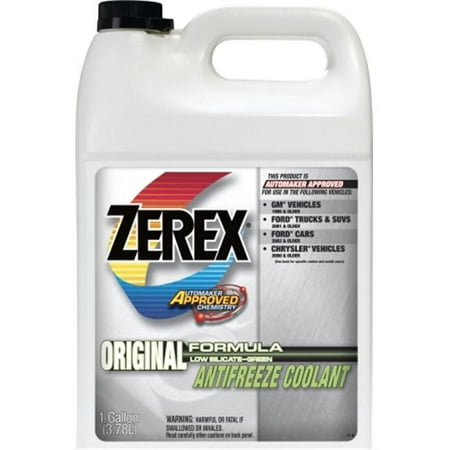PEAK® ORIGINAL EQUIPMENT TECHNOLOGY Antifreeze + Coolant For Asian Vehicles – Red/Pink
PEAK ORIGINAL EQUIPMENT TECHNOLOGY ANTIFREEZE + COOLANT for ASIAN VEHICLES is a line of premium coolants specifically designed to match the technology and color requirements of Asian vehicles. Each coolant is formulated with the same corrosion inhibitor technology that protected your vehicle straight from the factory. Color cues on the packaging and a list of covered vehicles on the front label make it easy to identify the right match for your specific vehicle. PEAK ORIGINAL EQUIPMENT TECHNOLOGY ANTIFREEZE + COOLANT for ASIAN VEHICLES – RED/PINK is an ethylene glycol-based antifreeze/coolant specifically developed for use in any Asian vehicle requiring a Red or Pink phosphate-enhanced organic acid technology (POAT) formulation. It contains high-quality organic acid corrosion inhibitors and is free of borate, nitrite, silicate and amines chemicals. PEAK ORIGINAL EQUIPMENT TECHNOLOGY ANTIFREEZE + COOLANT for ASIAN VEHICLES – RED/PINK meets the performance requirements of ASTM D3306 and JIS K2234. With a complete flush and fill, PEAK guarantees this coolant will provide service life protection of up to 150,000 miles or 5 years.


Matches each Asian vehicle manufacturer’s technology and color requirementsProtects all cooling system metals from rust and corrosionMeets performance requirements of ASTM D3306 and JIS K2234Service life of up to 5 years/150,000 miles with a complete cooling system flush and fillColor-coding and vehicle applications listed on the front simplify selecting the right antifreeze/coolant





Reviews
There are no reviews yet.